Bryozoan subulate: description and varieties, planting and care
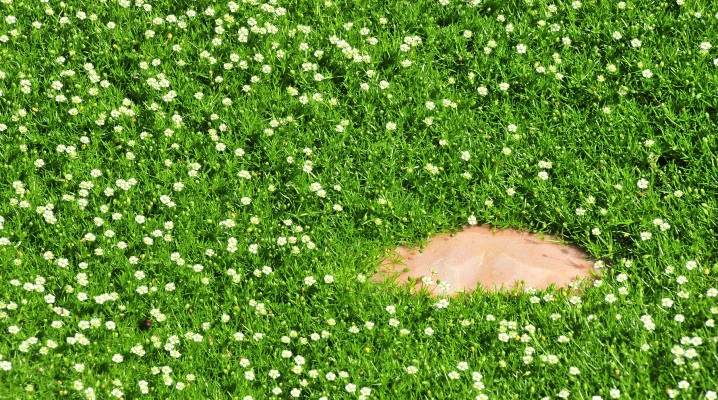
Today it is quite difficult to imagine a garden plot without a lawn. However, traditional types require serious care, regular haircuts, combing, feeding, weeding. An excellent alternative to the lawn is "Irish moss" or bryozoan. This beautiful grassy groundcover looks beautiful and has a silky surface texture. There are several varieties of bryozoans that are common in our country. Among them, the styloid bryozoan is the most common.
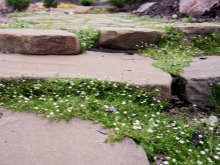
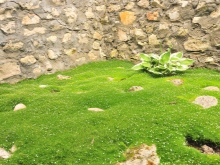
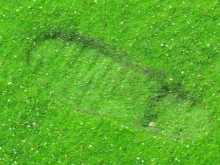
Peculiarities
The styloid bryozoan is not really related to the plant called "Irish moss", the botanical descriptions of these representatives of the flora differ. Bryozoan is not moss, but outwardly it has some similarities. The plant of the Clove family is characterized by beauty and unpretentiousness. It grows naturally in the hills in Ireland. The undersized, rapidly growing bryozoan is a great alternative to the lawn.
It does not need to be cut, decorated, but walking on such a cover should be limited. Of course, you can walk on it once, but constant trampling leads to crushing. Restoring its original appearance will take some time. This plant looks very impressive in the decor of stone compositions, alpine slides, terraces, stairs, garden paths made of tiles. Outwardly, the plant is similar to both grass and moss. It can grow in partial shade, but it loves more and grows more actively in the sun.
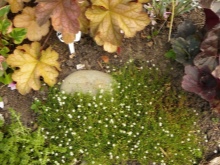
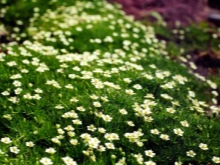

The description of the plant is as follows:
- stems are flexible, non-fragile in structure;
- foliage is small, softish, in the form of delicate needles, hence the name;
- does not inject;
- shoots are numerous, root well;
- tolerates dry soil well, does not allow moisture to evaporate quickly;
- the covering is even, in the form of a carpet;
- flowering is shallow, the petals are snow-white;
- diameter - 0.5 cm;
- flowering period - from late spring to early autumn;
- flowering color looks spectacular;
- height - about 8-9 cm;
- delicate honey aroma;
- by October, boxes with seeds appear in place of flowers;
- grows very quickly, looks like a dense pillow;
- tolerates winter well.
There are a lot of bryozoans around the world. In Russia, bryozoan is usually found - high, about 15 cm in height, with bright yellowish foliage, white flowering, does not grow quickly, and subulate - Sagina subulata.
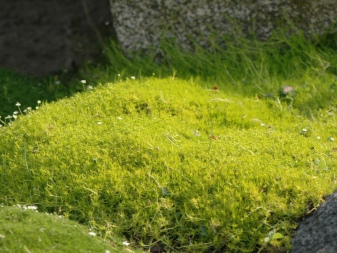
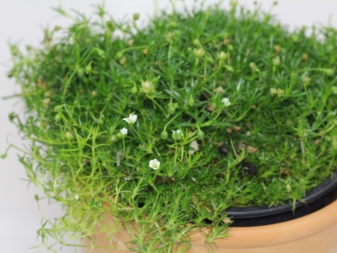
Varietal variety
There are quite a few varieties of subulate bryozoan. The most common are Aurea, Green Moss, Lime Moss, Supreme. Let's consider their features in more detail.
The "Supreme" variety is characterized by the following features:
- it is used to form a green soil cover;
- creates a dense carpet;
- retains water well in the soil;
- weed does not break through the cover;
- height ranges from 10 to 15 cm;
- the variety accepts trampling well, the pillow becomes denser and looks more neat;
- highly decorative plant due to the juicy color of greenery and an abundant scattering of small snow-white flowers.
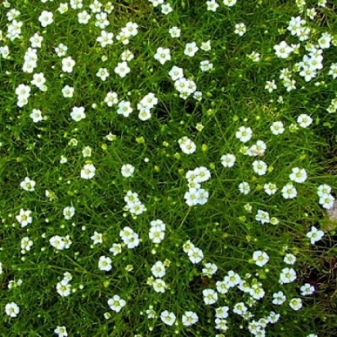
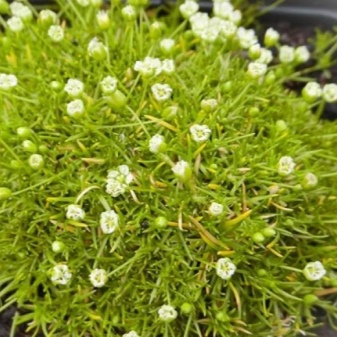
The Aurea variety has such features as:
- evergreen perennial that grows well;
- forms dense, beautiful pillows;
- differs in spectacular foliage with a yellow-gold tint;
- very similar to moss in leaf structure;
- flowering of a single type and a diameter of 0.5 cm;
- blooms in mid-summer, this period ends in September;
- grows better on loam, prefers well-lit places;
- looks ideal in Japanese gardens, when decorating garden paths, as an alternative to the lawn.
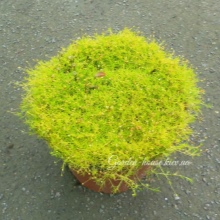
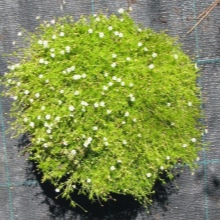
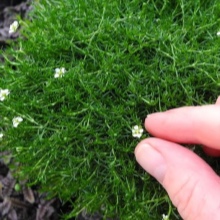
The Green Moss variety has the following features:
- the color of the grass is emerald green;
- blooms in early summer, the period ends in late August;
- grows well in partial shade;
- undersized, maximum height - 5 cm;
- flowering snow-white, smallish, abundant;
- inflorescence diameter 0.5 mm;
- tolerates winter well;
- requires drainage during planting;
- creeping grass, similar to moss;
- good immunity to disease;
- foliage is small;
- looks great in the design of trunks, containers, rockeries, Japanese gardens.
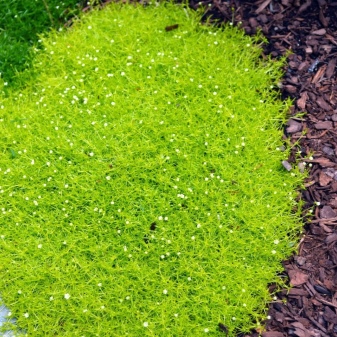
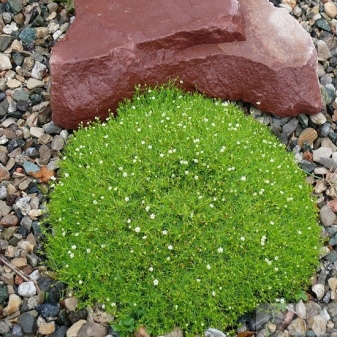
The Lime Moss variety has such features as:
- small leaves of lime shade;
- blooms in June, fades in August;
- grows well in partial shade;
- height up to 5 cm, undersized plant;
- flowering snow-white, smallish, up to 0.5 cm in diameter;
- creeping shape, reminiscent of a pillow;
- the cover looks like moss;
- good immunity;
- looks perfect in container compositions, rockeries, decorating near-trunk zones, Japanese gardens;
- grows well in partial shade;
- requires soil drainage.
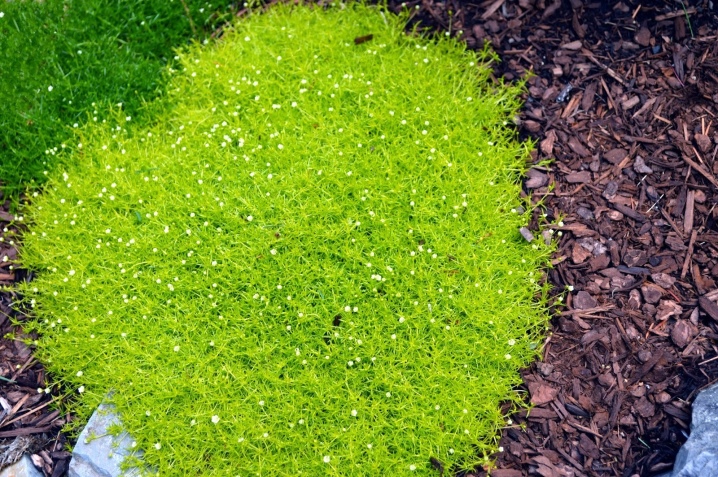
How to plant?
Planting in bryozoans in open ground is not too difficult. The main thing is to properly prepare the soil. A subulate bryozoan takes root about 10-15 cm deep, especially when dividing the bush. Therefore, a complete soil replacement is not required, even if the soil in general is not suitable for growing Irish moss. On top, just place another layer of suitable soil, exchange with the lower layers is not necessary. The following types are not suitable for bryozoans:
- clean peat;
- excessively light loam;
- increased acidity;
- high alkali content.
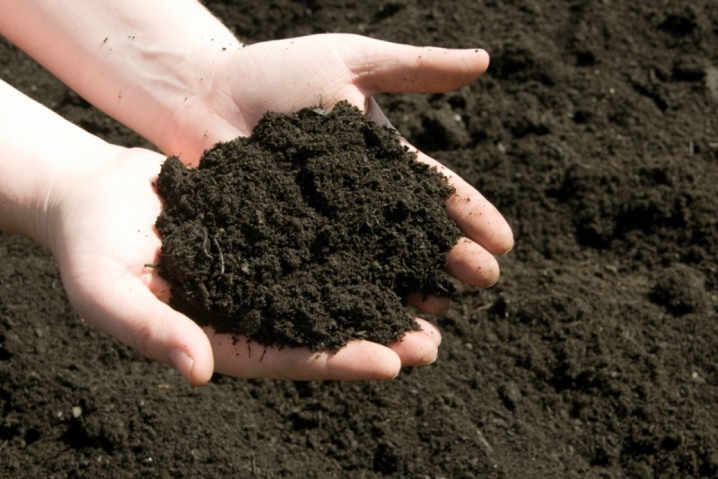
The optimum soil should be as follows:
- with acidity from 6 to 6.5;
- compost soil, sod type;
- with an admixture of sand and peat.
Bryozoans are planted both in spring and autumn by seeds or by dividing the bush. Seeds can be sown directly into the ground or seedlings can be grown. In the south, you can safely do without the stage of growing seedlings.
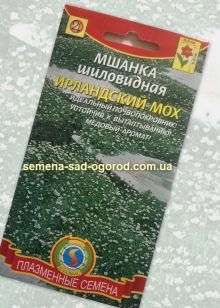
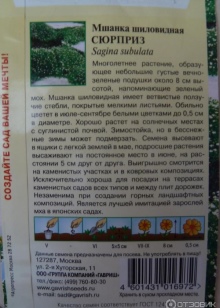
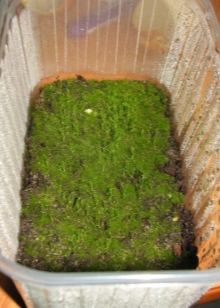
The bryozoan is planted at an interval of 8–10 cm from each other, it is not worth cutting it down, since the growth is quite fast. The place is chosen either well lit, sunny, or partial shade. In the shade, bryozoan does not grow so actively.
Important! Avoid planting in places where there is stagnant water, the plant tolerates drought better than excessive moisture.
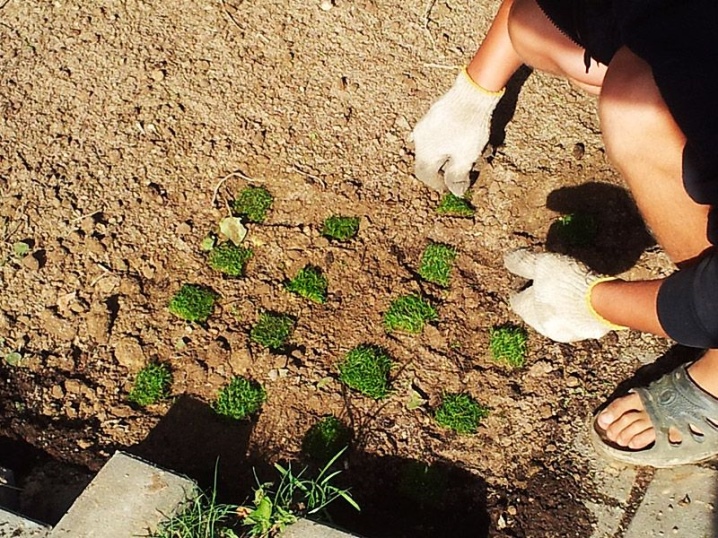
The landing rules are as follows:
- connect part of the sand, drained soil with two parts of peat;
- this composition is distributed on the ground, the layer should be about 20 cm;
- before that, compost is introduced per square meter of planting in the amount of one bucket;
- after planting, the soil is loosened, watered regularly;
- mature plants do not need weeding.
If there is no need to create a certain shape, chaotic natural seeding will occur by itself.
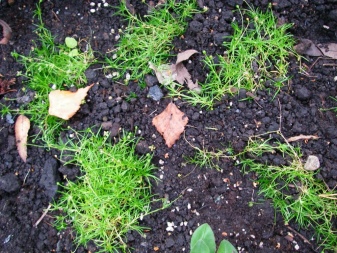
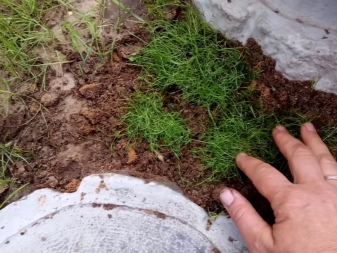
How to take care of it properly?
Care procedures for bryozoans are simple, even a novice gardener can handle them.
Watering
Proper hydration is the basis for quality bryozoan cultivation. Water this plant daily for several weeks after planting. Juveniles need sufficient moisture and nutrients. After the plant becomes stronger and grows, watering is reduced to 2 times a week. Bottom watering is especially convenient for bryozoans. If grown in the sun, hydration occurs in the evening. Otherwise, the plant may get burned.

Fertilizer
This is another important point for good Irish moss development. For this, special compounds of a complex type are used. Spraying with solutions is carried out throughout the season, but this species does not need abundant feeding, rather moderate.In addition to spraying, you can do dry treatment with special compounds or ash.
As for the temperature regimes, the high winter hardiness makes it possible to grow the styloid bryozoan in any region of the country. If winters are not characterized by abundant snow cover, you should cover the bryozoan with dry foliage, sawdust, spruce branches. In regions with good snow cover, this procedure is superfluous. If the plant is bred in containers, overheating is dangerous, during the heat period they should be kept cool, otherwise sunburn is guaranteed.
Special air humidity for bryozoans is not required; timely soil moisture is sufficient. The transplant is carried out in the spring. To do this, use sandy or loamy compost. Since this species grows rapidly, sometimes it becomes necessary to suspend the process. To do this, sprinkle a thin layer of gravel around the root zone.
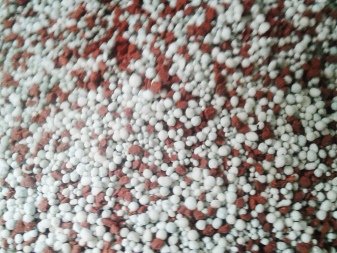
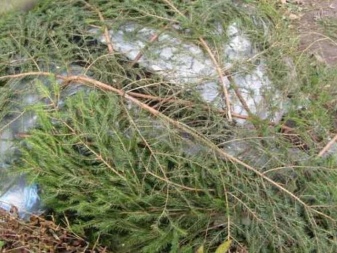
Reproduction methods
There are several effective ways to reproduce the styloid bryozoan. For this, seeds or seedlings are used. The features of the seed method are as follows:
- seedlings can be bought or grown on their own;
- the growing process is simple, even an inexperienced gardener can handle;
- seed material is placed in a soil mixture from sod and leaf type soil;
- the soil should be watered, but there is no need to sprinkle it with soil;
- from above the containers are covered with polyethylene, it is necessary to open and remove it only when shoots appear;
- the optimum temperature for growing is about + 25 ° C;
- seedlings appear in about 7 days;
- it is necessary to wait for the formation of strong, bristly tufts;
- seedlings are dived and divided into separate pots;
- in May, you can transplant the plant to a permanent place in open ground;
- the interval between seedlings should be at least 5 cm, but not more than 10 cm.
Important! A mature plant renews itself after the first flowering and the formation of seed bolls.
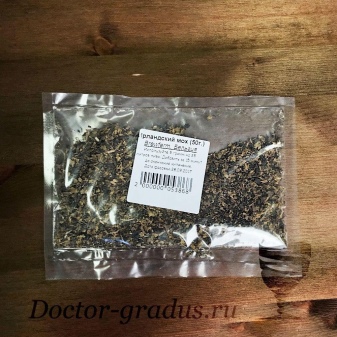
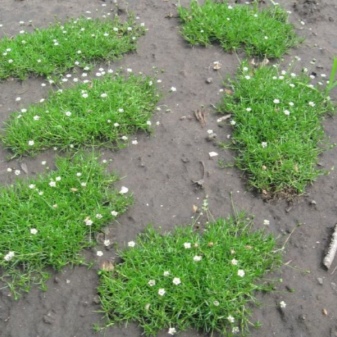
The features of propagation by seedlings are as follows:
- this method allows you to quickly form a dense cover;
- the optimal dividing time is spring or the very beginning of autumn;
- share only well-rooted plants;
- first, the lawn is trampled, watered;
- sod is dug out very carefully;
- then transplanted to the selected place;
- can be planted both close and at a short distance;
- a good way is staggered seating.
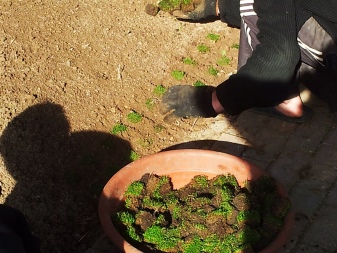
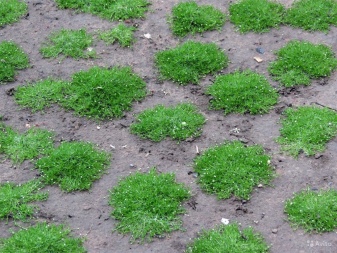
Diseases and pests
Bryozoan has strong immunity and is almost not afraid of diseases and insects. Very rare ailments and parasites still have a risk of occurrence. So, root rot arises from excess moisture, and aphids often attack bryozoans, if it grows near a cabbage or an anthill, the pest often multiplies in warm weather. It is easy to deal with root rot - just stop watering, drain the soil, and remove the pitted areas. They will soon be overgrown again. As for aphids, the following methods of destruction are suitable here:
- sprinkling with ice water;
- spraying with solutions with tansy, wormwood, garlic, laundry soap;
- insecticidal agents "Karbofos", "Confidor", "Biscay", "Decis"; be sure to follow the instructions on the package.

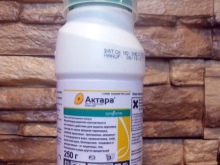
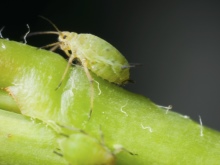
Use in landscape design
First of all, bryozoan in the garden is used as an alternative to the lawn, but in general there are a lot of applications in the landscape. The plant is planted as a background for flower beds, coniferous groups.

Delicate greenery with snow-white flowers will perfectly emphasize the expressiveness and showiness of any large bloom. This representative of the flora looks great along garden paths, paths, forming clear or blurred lines.
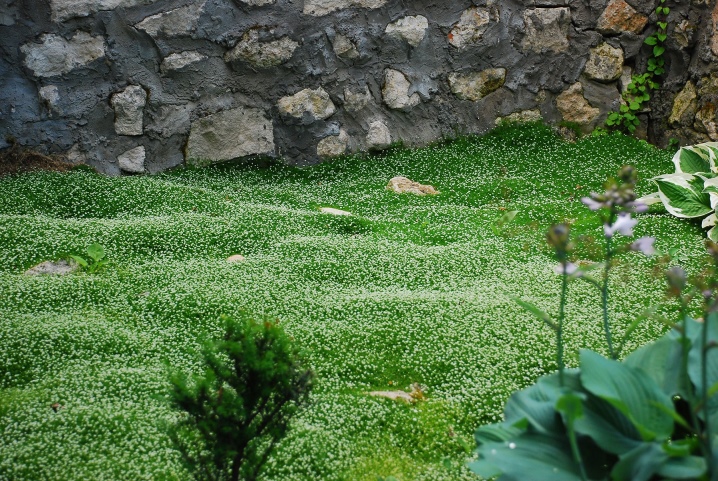
Bryozoan luxuriously frames stone gardens and any structures, pebbles. It is ideal for planting between slabs. This plant is the best way to create the effect of slight negligence, deliberate neglect, vintage.
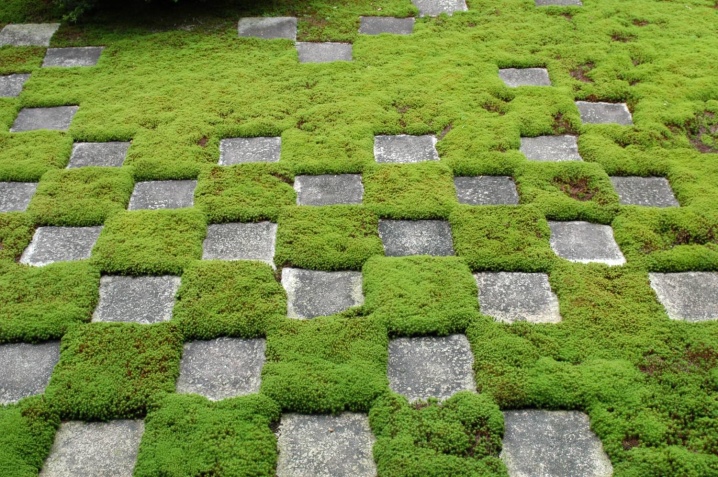
Relief of a multi-level type, especially with a stone decor, is an ideal basis for sowing bryozoans, which at the top will keep the earth from crumbling. Artificial ponds, mini-gardens, fountains also look great framed by Irish moss.

This plant is ideal for creating the impression of a real moss in the forest, for decorating boulders.

See below for the features of caring for bryozoans.







































































































The comment was sent successfully.